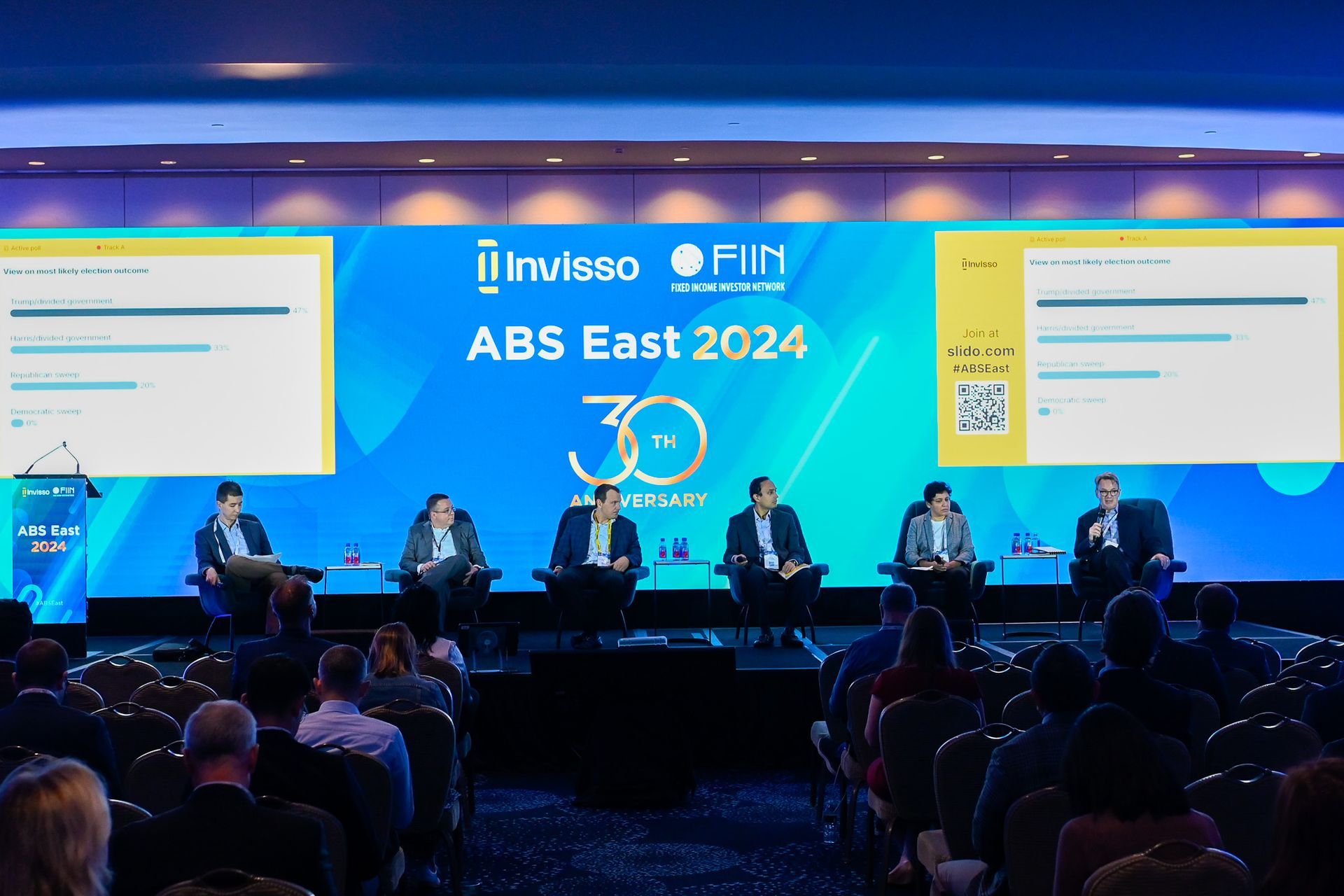Predictive Analytics: A Game Changer for Equipment Finance
As the equipment finance industry evolves, predictive analytics is heralding the ultimate disruption in the field. By leveraging current and past data to predict the future, predictive analytics grants companies unprecedented insights and foresight, enabling them to make better decisions using actionable and specific data.

Introduction to Predictive Analytics
Predictive analytics is the use of advanced statistical and machine learning techniques and data mining methods to identify patterns in current and historical data to predict future behavioral trends and outcomes. Querying and analyzing large datasets
can reveal previously unknown correlations, enabling the identification of patterns that can predict future behavior. This ability to identify patterns in historical and current data allows businesses to anticipate and plan for upcoming events.
Predictive analytics relies on machine-learning technologies that enable models to identify new data patterns and to continuously ‘update’ themselves to make better predictions as time goes on. It also relies on technologies such as data mining, which identifies hidden patterns and relationships in the data, and statistical algorithms, which give the methods a well-founded mathematical basis.
Benefits of Predictive Analytics in Equipment Finance
Predictive analytics allows lenders to make better decisions about their lease portfolio: they can optimize asset performance and keep lessors happy, mostly by using publicly available and inexpensive data. With predictive insights, lease managers could prepare for the uptake (or decline) of trends more than a year in advance, allowing for efficient management of leases and lessor agreements. Predictive models could, for instance, forecast the next maintenance needs of a given asset, maximizing the predictive model’s utilization and minimizing costly downtime through targeted asset spares and repair before a breakdown.
The other major benefit to using predictive analytics is cost savings. Predictive maintenance, which enables servicing to be scheduled before failure of equipment,
reduces downtime and associated repair costs. Similarly, optimizing asset utilization – for example, making the most effective use of vehicles and other transport – minimizes waste and reduces operational costs.
Predictive analytics can also be used to analyze risk and eliminate potential surprises. Analysts can use extensive data and mathematical modeling to anticipate emergent risks and raise early warning signals. This function is vital, as it gives managers the opportunity to avert risk in advance, maintain operational continuity and minimize ‘black swan’ events.
Applications in Equipment Finance
Predictive analytics can be applied in many ways to improve equipment finance. An important use case is asset utilization optimization. Predictive models are useful for forecasting demand and usage patterns; the insights can help managers schedule leases appropriately, making sure that assets are not idle but also not overworked, thus ensuring performance and value realization. For example, in portfolio management, predictive analytics can be used to forecast the expected depreciation of asset values and recommend the timing for disposal or replacement of those assets. This is a forward-looking approach to keep the portfolio in good shape and help it meet business objectives. Equipment finance is a complex process that can be improved and made more efficient with the use of predictive analytics.
Implementation Strategies
The first step in a successful installation and implementation of predictive analytics in equipment finance is data collection and integration. This process involves data gathering and consolidation from multiple sources, ensuring its integrity and quality for better predictions, and then channeling this data into a data warehouse.
Organizations looking to implement predictive analytics must select tools and platforms that support their particular requirements, and provide thorough functionality that facilitate innovative data and visualization tasks, including the discovery of previously unidentified relationships, the creation of convincing business narratives, and the ability to integrate multiple data sources in an interactive environment for exploration and understanding.
Software providers in the equipment finance industry such as
LeaseSpark that offer an end-to-end solution in a cloud based, API-rich structure and built-in analytics allows users to mine and analyze data from anywhere in the platform.
LeaseSpark also allows users to create additional fields to report and analyze on unique data sets specific to their company. Combining data mining and automated workflows, this helps lenders in equipment finance automate actions based on predictive analytics.
The acquisition of skills is also important. Training staff in the methods of using predictive analytics tools and in interpreting results is a fundamental step to ensure that the full potential of this technology is achieved.
Challenges and Considerations
While predictive analytics promises advantages when it comes to equipment finance, it also comes with challenges. One of the challenges is the quality and quantity of data. High-quality data is
crucial for reliable predictive analysis because it shapes the accuracy of the predictions. Issues such as data collection, visibility, storage and cleansing need to be addressed.
Cost and investment are also factors. The initial investment required to set up predictive analytics is considerable, both in terms of expertise and technology. Still, the long-term cost effectiveness and process optimizations gained from better asset management can make this venture worthwhile.
Although predictive analytics could potentially provide organizations with high quality data, it is crucial to ensure that the security and privacy of data are upheld. With more likely chances of using data, the need for data security is of both greater concern and importance. Failing to abide by the regulations regarding data security could put organizations in compromising situations, not to mention the ramifications of a data leak or scandal that can cause distrust in the stakeholders.
Conclusion
Predictive analytics are being used to improve the management of equipment finance, making leases more efficient, reducing operating and capital costs, and improving decision making. Predictive analytics can streamline portfolio management, freeing up time and resources for other matters. While the tech industry continues to develop these types of predictive software and management models, its uses are expected to become even more detailed and helpful in managing leased assets.
With predictive analytics, organizations can optimize their lease asset management and get a competitive edge for their leased assets, especially in the new normal where resources are lean. Harnessing predictive analytics holds the key to the next generation of equipment finance. Those that are able to tap into it will lead the way forward.
References:



Case Studies
InfoHUB
©2025 TAO Solutions
Terms & Conditions | Privacy Policy | SOC 2 | ISO | Gold MS Partner | Accessibility








